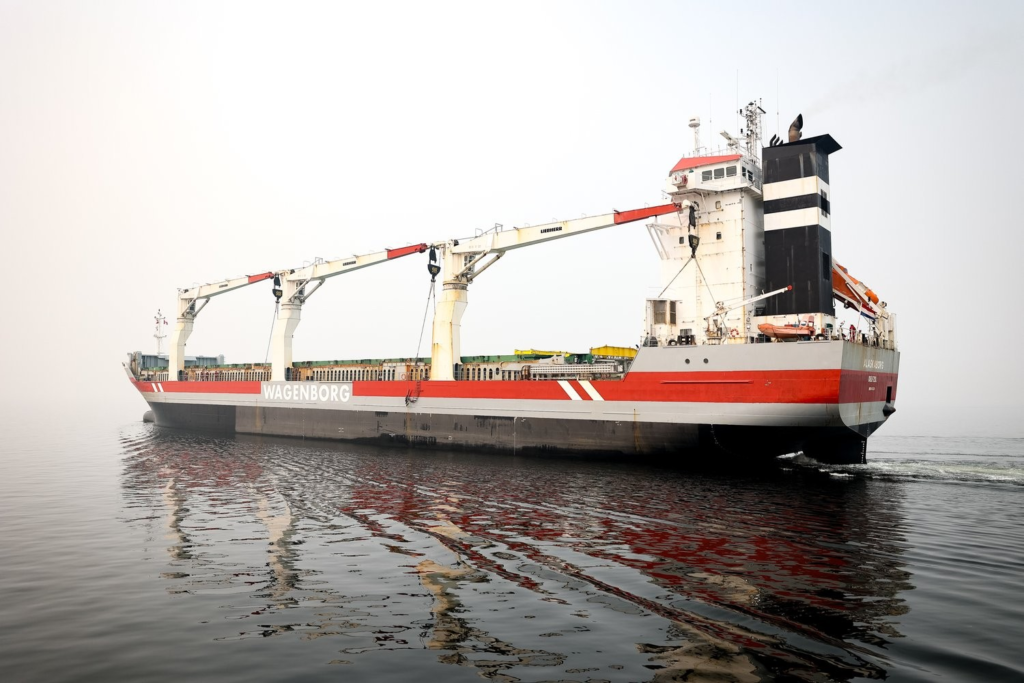Feds, province invest almost $80M in Northern Manitoba to advance critical minerals


Ottawa and Manitoba have hedged their bets on Northern Manitoba becoming a global hub for trade opportunities, especially in critical minerals, based on a historic investment from both governments recently.
Between the two governments, the investment is close to $80 million over two years, with a total investment of $79.4 million.
The federal government is investing over $43 million over the two years in new transportation and training monies. Federal Minister Terry Duguid made the announcement in Manitoba on February 4th. On the same day, the Manitoba government committed to a $36.4 million investment into the railway and port. The provincial monies will go towards restoring and replacing old infrastructure at the northern port. Churchill is only operational four months out of the year, but Arctic thawing may change this over time.
Minister Duguid – who is the minister responsible for Prairies Can – commented, "This is about keeping northern communities connected, strengthening Indigenous economic leadership, and positioning Manitoba as a key player in the global critical minerals market. Reliable, affordable rail service is essential for the North, and these investments will ensure it remains a lifeline for communities and businesses. At the same time, we're creating new opportunities in mining and mineral development—helping Indigenous communities build skills, secure good jobs, and drive economic growth. This is a long-term investment in Manitoba's future and in Canada's clean energy transition."
This investment is in line with Ottawa’s net-zero climate policy goals that involve promoting mining that produces materials involved in accelerating electrification.
The federal government’s announcement mentioned 30 of the 34 minerals on Canada's 2024 critical minerals list are in Manitoba. Mining companies are actively exploring or producing around the province in 20 of these 30 critical mineral locations. The federal government stated that Manitoba has ongoing projects in six of these minerals that Ottawa has identified as “having the greatest opportunity to fuel domestic supply and manufacturing.”
In responding to reporters at Tuesday’s announcement, Manitoba Premier Wab Kinew stated, “We have a pathway to get to the European Union. We have a pathway for those minerals that are going to power, not just the low-carbon economy, but also a lot of the defence needs around the world.”
Ottawa's $43 million-plus investment will be going towards the Arctic Gateway Group (AGG). AGG is a partnership involving 29 First Nations and 12 remote Northern Manitoba communities served by the AGG-owned Hudson Bay Railway. The AGG is a subsidiary company of One North, a partnership of 41 First Nation and Bayline communities in Manitoba. This is a region with few all-weather roads with some communities having no road access at all. Moreover, the ice-road network is susceptible to warming temperatures. Moreover, the railway and the Port of Churchill provide a critical connection with Nunavut's Kivalliq region, which is essential for resupply.
In its release, the federal government said that this investment completes the revitalization of the rail line. Over the past six years, the federal government invested $277 million in support of the restoration, operation and maintenance of the Hudson Bay Railway and AGG assets. This latest multi-million-dollar government investment – to be delivered under Transport Canada's remote passenger rail program – is the latest step in this effort.
The railway links Canada's only deep-water Arctic port that links up with North America's surface transportation network. The Hudson Bay Railway can transport critical minerals north and south to international markets to be processed in other countries. This past August, the Arctic Gateway Group stated HudBay Minerals transported zinc concentrate via the Churchill port that was bound for a European market.
Chris Avery, CEO of the Arctic Gateway Group, said revitalization of the rail line is about 85% complete and these funds aim to finish the job.
The federal government announced while it is also investing in building workforce capacity among local First Nations to access these minerals. Minister Duguid announced more than $2.3 million for partnerships with Indigenous governments and training programs at the University College of the North.
The federal government has extended strategic training investments in three northern Manitoba First Nations. Sagkeeng First Nation will receive $218,500 to help key initiatives aimed at building workforce capacity and training for members to participate across the sector in support of the Tanco Mine and several early to advanced mineral exploration project partnerships. Marcel Colomb First Nation will receive $390,000 to deliver a workforce readiness training program to their community members to bolster the Alamos Gold mining development.
Norway House Cree Nation will be receiving $353,395 to extend delivery training programs that assist ongoing employment opportunities in the sector for their community members in aid of Minago Mine project— the first First Nations owned mine in Manitoba.
Finally, the federal government stated the University College of the North is to receive $1,154,129 to expand Indigenous training programs.
The government release indicates that funding for these investments is provided through Transport Canada's remote passenger rail program (RPRP), Prairies Can’s community economic development and diversification program (CEDD) and Indigenous Services Canada through the Strategic Partnerships Initiative (SPI).
Comments